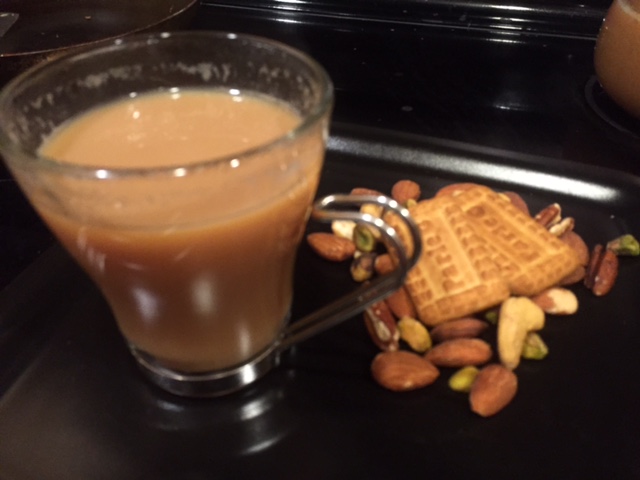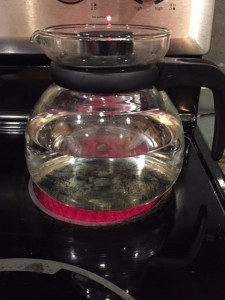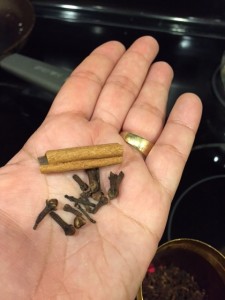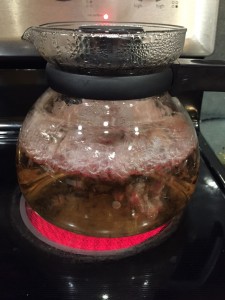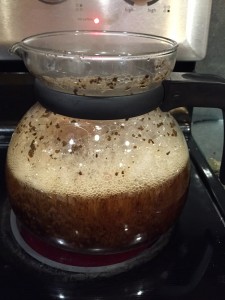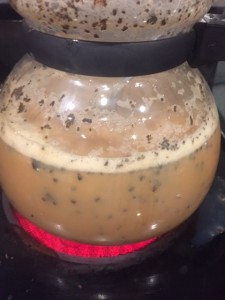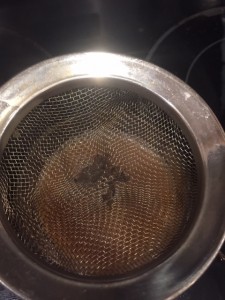I am steeped in the legends originating from the mountains of China and the world still wonders how I was discovered. I am tiny, very tiny and yet I can fight the scariest and calm the nervous. From the mountains of China, I saw the world beyond and started my journey. From the royals in Europe to the street vendors in India, I have seen it all. I even met the little boy Santiago. He knew that in order to save money and return to Tarifa he had to find a way to get more customers into the grouchy merchants crystal shop. So he started introducing me to all the wary travelers on their way to Mecca. Soon the shop was flourishing and Santiago was rich BUT still torn between returning home or continuing his journey further to fulfill his personal legend. I wonder if he ever met “The Alchemist?” Maybe someday I will meet him again in the bazaars of Tangier, Africa. Today, centuries later my simple green form has evolved into a multitude of colors and aromas. Some call me Green tea, some call me Black tea while others call me Herbal tea. Deep down I am just tea, a simple tiny leaf that was mystically discovered in the mountains of China.
It’s all about tea. While the history of of its discovery continues to be a legend, the taste is not. Tea today is no longer for the royals. It belongs to the common man. The common man who sits under the roadside Banyan tree and sips tee to fight the scorching summers in India, or the common woman who sips it, on her plush desk in the USA, while taking a Skype call. Tea is everywhere.
Chai or tea is today the National drink of India – officially or unofficially, it really doesn’t matter, it is India, after all :)The credit for this goes to its current Prime Minister – Narendra Modi. Like the President of the USA is the grandson of a cook, Modi was a tea seller, and when the opposition mocked him, he started the “Chai pe Charcha” and branded the mockery to one of the greatest political victories in the world. “Chai pe Charcha” translates to “Tea time Gossip.” Gossip isn’t necessarily a bad thing. It is when the brainstorming happens, it is when the mind relaxes and says, ok let’s be friends and do something meaningful, it is when President Obama recognizes the subtle symbolism and acknowledges the lack of “chai pe charcha” in the White House. Such is the magic of Chai.
So today’s blog post is about Chai. Not the history, you can Google that. Today it’s about HOW TO MAKE CHAI – the Shilpa way 🙂
Growing up, mom would make a flask of tea every morning and my parents would start their day with a cup of tea. This was their time to catch up with each other, plan the day and maybe the week ahead. The ‘cup of tea’ would stay filled till the very last drop 🙂 Surrounded by tea lovers, interestingly, I never learned to enjoy it until a few years ago BUT I did learn to make it and make it well. Like everything else in cooking, I learnt the basics from my mom and them made up my own versions. In India, guests are like missionaries of God, they can come and go as they like, and when they come, we serve them Chai. So if you are a daughter in a social household in India, chances are growing up you make a lot of chai and practice does make perfect. One such afternoon, I was making chai and a very dear uncle asked me “pati bethi gayi, translates to; Did the tea leaves settle down?” I asked him what he meant, and he explained, when you pour the tea into the cup, there should be no tea leaves in the strainer, that’s the sign of a good quality tea. I was confused, how is that possible? If there are tea leaves, they will be in the strainer, right? He further explained that if you boil it right, they will settle down and so started my journey to make sure those tea leaves settled down.
As I mastered the “Art of Making Tea,” I realized that adding milk before in half and half quantity like it’s traditionally done, never worked. The tea leaves always floated on top. So I reversed the process. I developed my own way and name. I call my style of tea making “The Punju Chai.” Chai is Indian for tea and Punju is slang for Punjabi often synonymous to North India. Punjabi’s are North Indians and in some remote ancestral way descendants of the Aryans ( I think ;)) The difference in tea; Punju chai is chai (tea), for there is TEA and then there is TILK (coined by my dad, once he approved my tea:)). TILK is milk + tea. Punju chai also has milk, but very little, just enough to kill the slightly bitter taste of black tea and TILK typically is lots of milk, and when I say lots.. it’s almost half water that is boiled together to make tea. How can that be tea?
The flavor of tea is so delicate that adding milk and boiling it to glory kills the flavor and aroma of tea, what is left is boiled milk with something that was tea – that’s TILK in my world.
So here’s my way of making Chai – the Shilpa way 🙂
It’s all about the Kettle 🙂 Measure or not, pour in the water, add the spices and let it boil. My favorite spice combination is cloves and cinnamon, but there are many and you can mix and match them all from fennel seeds to ginger to mint. As the flavors seep in, you will notice the color of the water changing. At this point, the water is ready to embrace the tea leaves. I typically put one tea spoon for one cup of tea. Let this boil for about 2 minutes, and then add milk. How much? That’s the tricky question – I add till I like the color 🙂 In about 4 cups of water, it’s not more than a quarter cup of 1% milk. It’s very little milk and that is why it is very important to not over boil the tea leaves as that will make the tea bitter. After you pour in the milk – let it boil once and then turn the heat off and pour in the magic. Add sugar or not and enjoy a culpa chai ! Notice the absence of tea leaves in the strainer – that’s key to good Punju Chai.
ENJOY YOUR “PUNJU CHAI”
